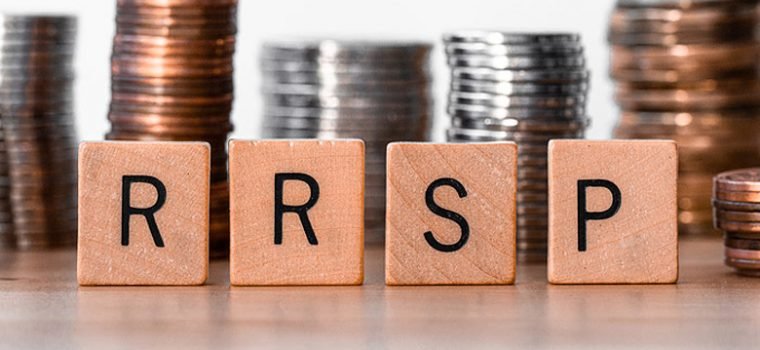Registered Retirement Saving Plan (RRSP)
A Registered Retirement Savings Plan (RRSP) is an investment account designed primarily for saving toward your retirement years. RRSP have special tax benefits and its regulated by Government of Canada. Your RRSP contribution can reduce your income tax you pay in that year. Also your money growth is also tax free. You only pay tax on amount you withdraw.
Unique features of RRSP
Annual Contribution Limit Based on Last year Income
Your current year RRSP contribution limit is lower of 18% of your earned income from the previous year, or the maximum annual contribution limit for the taxation year. Your contribution limit will be reduced by any company-sponsored pension plan contributions.
Reduce income tax for current year
Contributions to RRSPs are deductible from taxable income, reducing income tax payable. Since Canada has a progressive tax system, taxes are reduced at the highest marginal rate
Invest earning are tax free
Any income (interest, dividend, money growth) earned on your investment of your RRSP account is also tax free until you withdraw. If you withdraw it during retirement, you already in very lower tax bracket so, you get benefit from lower tax rate.
Benefit of Spousal RRSP
A Spousal RRSP allows a higher earner, termed a spousal contributor, to contribute to an RRSP in the spouse’s name that will reduce tax on higher earner family member.
Flexible Carry Forward
If you can’t make your maximum contribution one year, your unused contribution limit is carried forward and you can make it up in later years.
Varities of Investment Options
You can invest your rrsp contribution to GIC, higher interest saving account, Stocks, Bonds etc.
Special withdrawal programs
While the original purpose of RRSPs was to help Canadians save for retirement, it is possible to use RRSP funds to help purchase one’s first home under what is known as the Home Buyer’s Plan. Canadians can borrow, tax-free, up to $25,000 from their RRSP (and another $25,000 from a spousal RRSP) towards buying their first residence. This loan has to be repaid within 15 years after two years of grace. You can withdraw RRSP funds also for your post secondary education with certain terms & condition
Types of RRSPs

Individual RRSP
An Individual RRSP is associated with only a single individual, termed an account holder. With Individual RRSPs, the account holder is also called a contributor, as only they contribute money to their RRSP.
Spousal RRSP
A Spousal RRSP allows a higher earner, termed a spousal contributor, to contribute to an RRSP in the spouse’s name. In this case, it is the spouse who is the account holder. The spouse can withdraw the funds, subject to tax, after a holding period.
Group RRSP
In a group RRSP, an employer arranges for employees to make contributions, as they wish, through a schedule of regular payroll deductions. The employee can decide the size of contribution per year and the employer will deduct an amount accordingly and submit it to the investment manager selected to administer the group account. The contribution is then deposited into the employee’s individual account and invested as specified. The primary difference with a group plan is that the contributor realizes the tax savings immediately, instead of having to wait until the end of the tax year.
